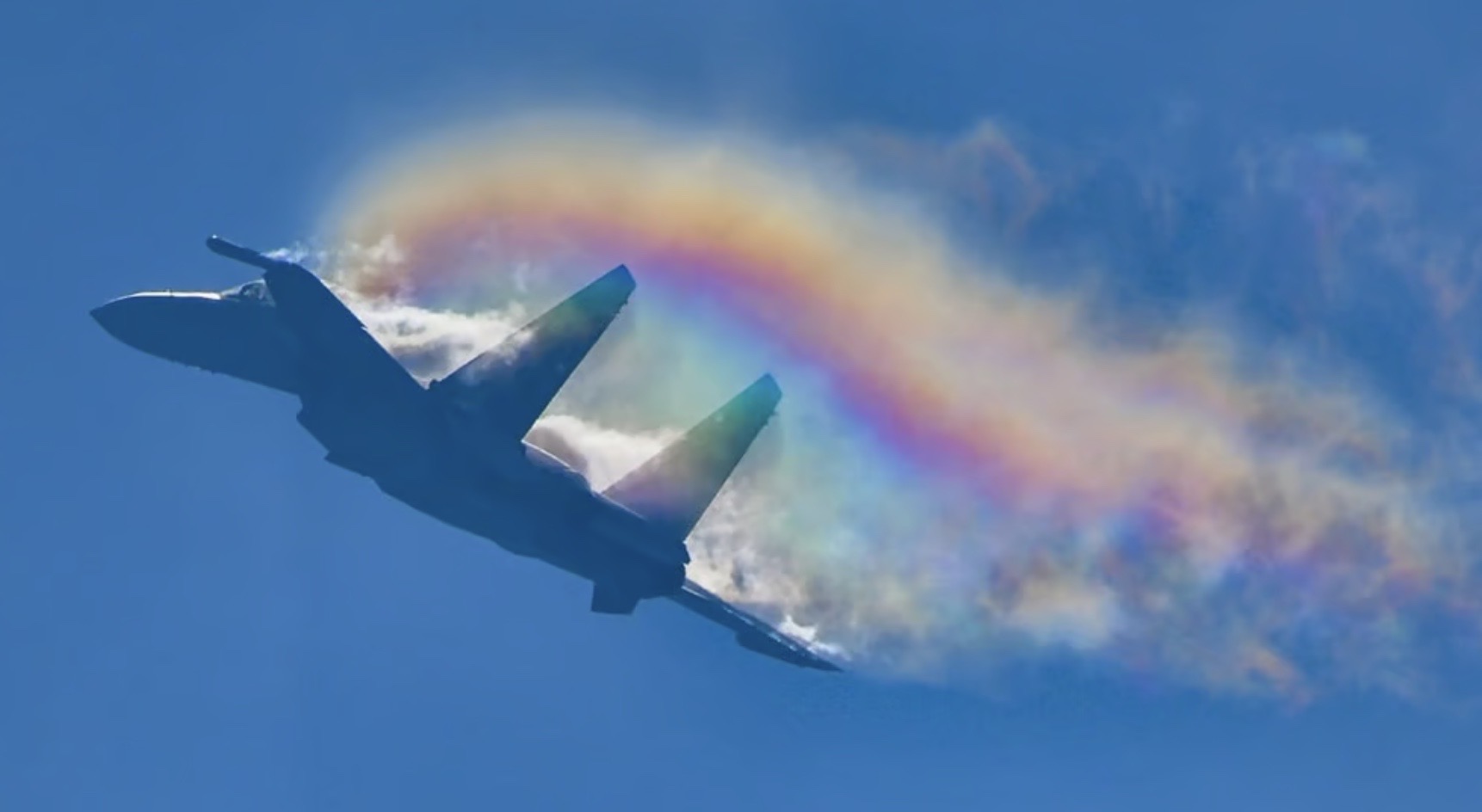The South China Morning Post reported the result of an astonishing test conducted using artificial intelligence in an attempt to simulate a hypersonic air battle, offering innovative tactics to win air combat at speeds of Mach 11.
To defeat the enemy in air combat, the hypersonic aircraft would have to move forward and launch missiles backwards, according to computer simulation.
The counterintuitive approach allows a pilot to strike quickly from far away, greatly improving the crew's chances of survival.
A team led by the professor Liu Yanbin of Nanjing University of Aeronautics and Astronautics simulated an air battle at speeds between Mach 5 and Mach 11. The test results were published last month in the Journal of Beijing University of Aeronautics and Astronautics.
Researchers in China say their AI was the first to simulate an air battle involving a hypersonic aircraft flying at Mach 11. The technology used for the experiment has come up with an amazing tactic to defeat the enemy.
In the computer simulation, a hypersonic aircraft collided with an enemy fighter jet flying at Mach 1.3, close to the top speed of an F-35.
The pilot of the hypersonic plane has been given the order to shoot down the enemy. Instinct should have directed the pilot to the target, but the pilot, guided by the artificial intelligence developed by the team, flew to an unexpected position far ahead of the enemy aircraft and fired a missile backwards at the enemy.
The missile struck the enemy fighter, which was 30 km (18,6 miles) behind the hypersonic aircraft, at a speed of Mach 11, ending the battle in less than eight seconds.
Subscribe to the PRP Channel newsletter! Stay up to date!
This counterintuitive approach offered the longest possible kill radius with the least risk to the pilot.
Hypersonic aircraft are always reusable and have many potential advantages in air combat, including relatively low mission costs and the ability to fly at extremely high speeds with high maneuverability.
However, fire control systems for launching weapons have not yet been developed for aircraft flying at hypersonic speeds of Mach 5 and above.
Hypersonic flight requires fast response times and places new demands on fire control systems, which must be able to perform extremely precise calculations.
Liu's team said their AI could be used in hypersonic aircraft to improve combat performance.
"Artificial intelligence has a very broad application potential in this field”, wrote the team.
According to the researchers, the most unexpected result of the simulation was that at Mach 11, the maximum attack range occurred with the enemy just behind the tail of the hypersonic aircraft.
In a typical dogfight at speeds below Mach 5, opponents generally try to engage each other and avoid being followed by their rival.
"This demonstrates that when the hypersonic aircraft is executing air-to-air missions, it can attack from outside the theater of combat by throwing long-range weapons in front of the target using rear, over-the-shoulder throwing.”, the team wrote.
After launching the missile, the hypersonic aircraft can thus quickly leave the battle site.
This method, with its ability to strike rapidly from a long distance, would take full advantage of the flight performance of the hypersonic aircraft and greatly improve the crew's chances of survival, the researchers said.
"The future air battlefield situation is becoming more and more complex, with more and more difficult combat tasks. Pilots need to quickly process a large amount of information and make optimal tactical decisions.”Liu's team said.
"The application of artificial intelligence technology in the aircraft fire control system can improve the situational awareness of the aircraft and the offensive and defensive response speed of the system.
The team said that in the next phase of their research, they will use artificial intelligence to help multiple hypersonic aircraft coordinate and execute a "multi-task, formation attack".
"Future strategic deterrence depends on global rapid strike capability and depth of penetration. In recent years, all military powers have stepped up their research on high-speed fighter aircraft,” the researchers emphasize.
